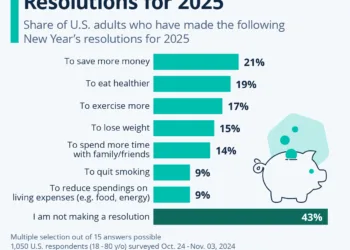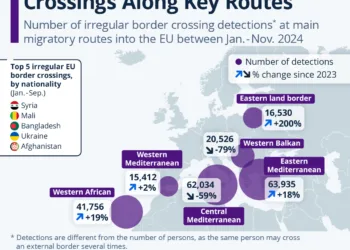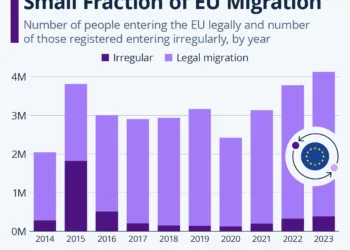Understanding the Landscape of Polling in the 2024 U.S. Presidential Election
As the 2024 U.S. presidential election approaches, political analysts and the general public alike are paying closer attention to polling data. The landscape of polling is notoriously complex, with differences emerging not only between the candidates but also among polling aggregators themselves. This blog delves into the nuances of polling aggregates and how they shape our understanding of battleground states.
The Role of Polling Aggregators
Polling aggregators serve a vital function in the electoral process by calculating averages across different polls to provide a clearer picture of voter sentiment. Their aim is to mitigate the variability and biases that can occur with individual polls, where methodologies may differ significantly. However, the effectiveness of these aggregators is under scrutiny, particularly in an election as close as the upcoming presidential race.
Variability Among Polling Aggregators
While polling aggregators strive for consistency, their results can vary significantly. Recent data indicates that despite efforts to average results, discrepancies still arise. These differences can often fall within the margin of error, which typically ranges from 3 to 5 percentage points. Understanding these margins is crucial for interpreting polling data accurately.
RealClear Politics vs. FiveThirtyEight
RealClear Politics has emerged as one of the most right-leaning aggregators in the field. According to their data, Donald Trump is leading in four out of seven critical battleground states with an advantage of more than 1 percentage point. Conversely, FiveThirtyEight, widely regarded for its rigorous statistical approach, suggests that Trump maintains a lead in only three of those states.
This divergence in data showcases how the interpretation of polling results can vary dramatically, influencing public perception and potentially voter behavior.
The Outlook for Candidates in Key States
Polling data not only varies by aggregator but also reveals contrasting narratives about the electoral prospects of the leading candidates—Donald Trump and Kamala Harris. Most aggregators paint a picture of Trump showing narrow leads in key battleground states such as Arizona, Georgia, and North Carolina, all of which hold a significant number of electoral votes.
The Favorability of Kamala Harris in Battleground States
On the other hand, independent operations like VoteHub and Split Ticket present a more optimistic view for Kamala Harris. Although her leads are still within the margin of error, these figures suggest that she remains competitive in states such as Wisconsin and Michigan, which also hold considerable electoral weight.
The Electoral College and Its Impact
One of the pivotal aspects of the U.S. electoral system is the Electoral College, which assigns different weights to states based on their population. This system complicates the significance of polling results, especially in battleground states where the electoral stakes are high.
Key Battleground States: A Closer Look
Among the battleground states under consideration, Pennsylvania stands out with its 19 electoral votes. It also has some of the narrowest polling margins observed, making it a crucial focal point for both campaigns. The way candidates perform here may well determine the overall outcome of the election.
- Arizona: 11 electoral votes
- Georgia: 16 electoral votes
- North Carolina: 16 electoral votes
- Wisconsin: 10 electoral votes
- Michigan: 15 electoral votes
Understanding the dynamics of these states is critical for both campaigns as they strategize their outreach efforts in the lead-up to the election.
The Importance of Tracking Polling Trends
Given the fluctuating nature of polling data, it is essential for analysts and the public to closely monitor trends rather than focusing solely on individual numbers. Acknowledging the broader context allows for a more informed understanding of what the polls signify and how they might change as the election date approaches.
The 2024 presidential race is shaping up to be a tightly contested event. With several battleground states holding the potential to sway the election outcome, both candidates will need to pay careful attention to polling data and voter sentiment in these key areas. As voters prepare to cast their ballots, the developments in polling will undoubtedly continue to serve as a focal point for discussion and debate across the political spectrum.









